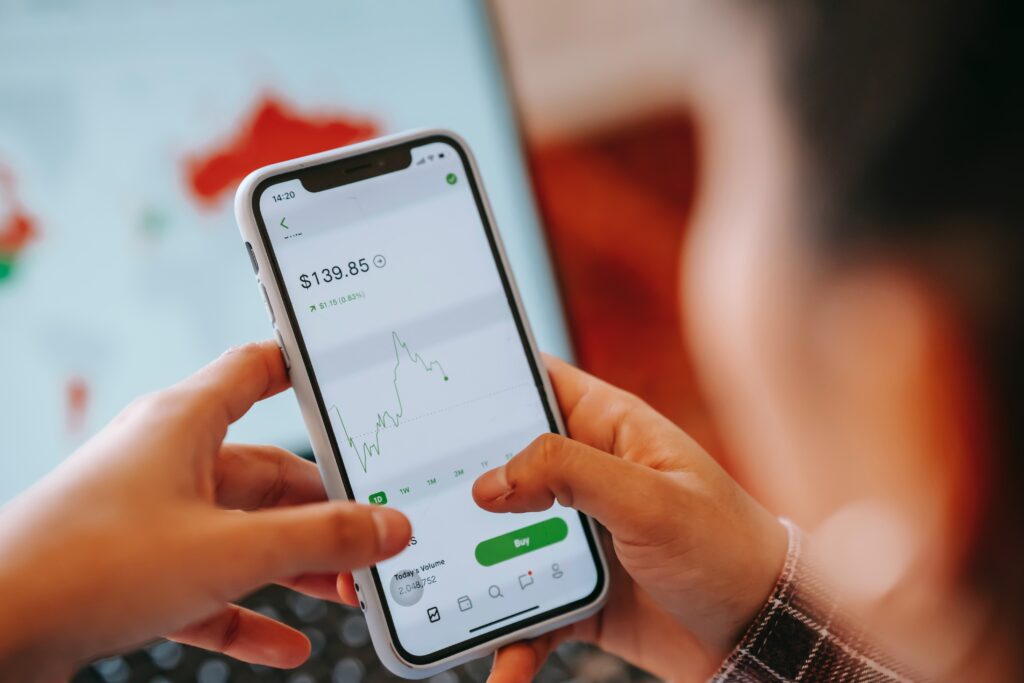How To Get The Most Out Of Your Tax Refund
How To Get The Most Out Of Your Tax Refund

Tax Day is imminently approaching us! Before you go blowing that tax refund maybe reappraise how it can most serve as a benefit to you. Before we discuss how to get the most out of your tax refund, let’s put an end to the myth that tax refunds are free money.
Tax Refunds Are Not Free Money
Contrary to popular belief, getting a tax refund is not free money from the IRS. You just gave the IRS a free loan. This is your owed money that you made over the course of the year, it’s not a bonus. A lot of people treat tax refunds as bonuses especially if they get a lot of money back but this is not the case.
What Determines Your Refund Amount?
Your refund amount is often determined by how you complete your tax forms such as a W-4. This form asks how many allowances you have and this can determine how much you get back at the end of the year. Your refund amount can also be determined by other things such as deductions and credits when you file your tax return. As much as you probably want to see a large refund, it is best to have the lowest refund possible without owing money.
I hear some people say that they do not mind taking out more allowances than they need or having the IRS “hold” their money until they file their taxes because otherwise they would spend it since they have no self-control. Rather than adopt this mindset, focus on the importance of solving the root of this mindset which may be gaining control over your money, not the other way around. Omitting the problem (giving the IRS a free loan) to a later date (tax time) is not a solution and there is no accountability in this mindset. Budgeting is a great way to start.
It is important to review your employee withholding from time to time so that you fall within a range that fits your actual situation that way things are perfectly balanced.
How Can You Get The Most Out Of Your Tax Return?
Tackle Debt
This is often the first step as debt often comes with high interest rates which is ultimately throwing away money. Tackle the debt with the highest interest rates first whether that is paying off your credit card, your car note, or old medical bills.
Another option is to put your tax refund towards your mortgage – specifically your principal. This can reduce the amount you’ll pay interest on.
The two debt repayment methods are the avalanche and snowball methods. The debt avalanche method involves allocating money to make the minimum payment on each source of debt and then using any remaining funds to pay down the debt with the highest interest rates. The debt snowball method involves paying the smallest debt as quickly as possible and then allocating funds to the next smallest debt until all debt is paid off.
Build Your Emergency Fund
It is a recommendation that you keep 3-5 months of expenses in an emergency fund however how much you need in your emergency fund will depend on various factors such as job security, health, and monthly bare expenses. Determine how long it could take and how much money you would need if you were laid off in order to find other employment. Keeping funds in a high-yield savings account (HYSA) may be beneficial because you would still have access to the liquid funds if needed but it also accumulates higher interest than traditional banks.
Investing
Once all debt is paid off investing is a great strategy because it offers the highest return on your investments (ROI) which will help you on your journey to financial freedom. You can use your money to make more money. People choose to invest in different ways whether that’s through real estate, the stock market, or retirement accounts such as an IRA.
Educational investing can include pursuing education courses through your local community college, free online resources to study for certifications in your field, or online courses through Udemy.
A form of investing also falls within self-care. Investing in yourself is your best asset. Investing in your health can include routine preventative care doctor visits, having a fitness routine, and mental health therapy (because mental health is health too).
Other forms of investing can fall within the spectrum of things that bring you joy. This can include traveling or starting a small business through a skill that you’re good at that you can monetize. The ultimate goal is to be responsible and well intentioned when it comes to how you use your tax refund.